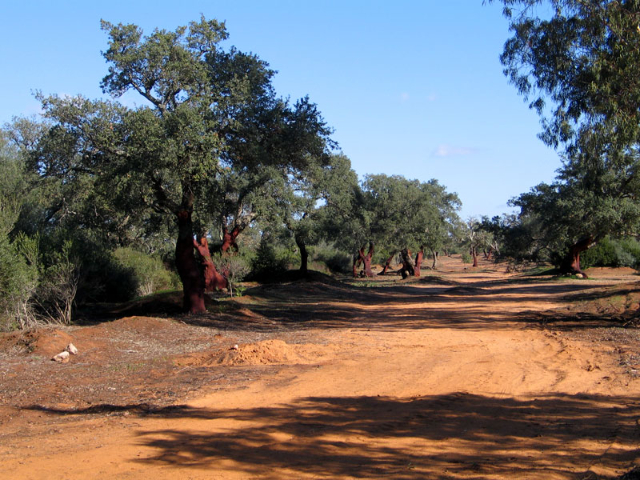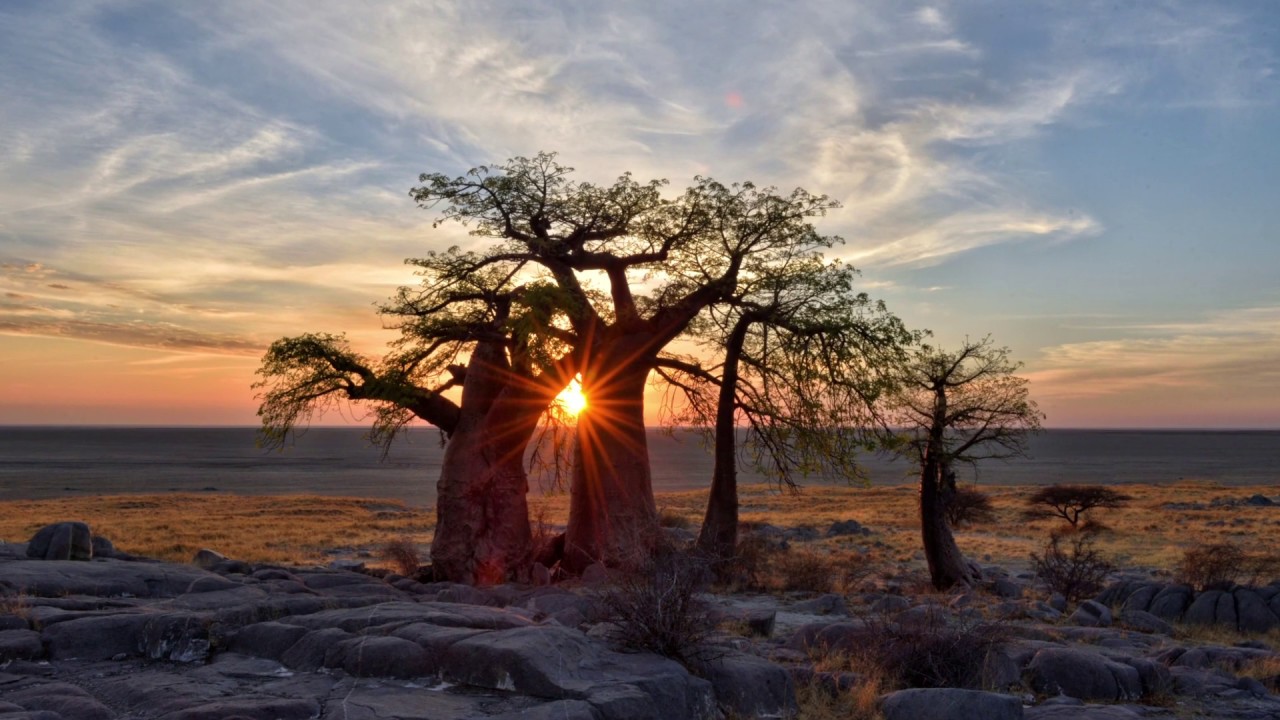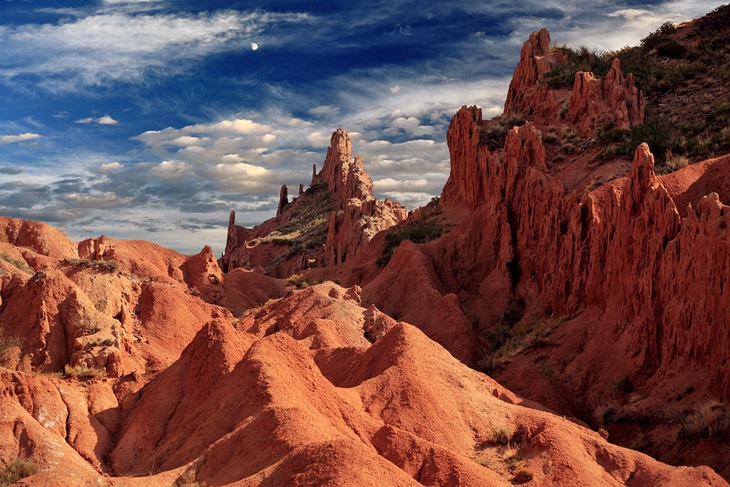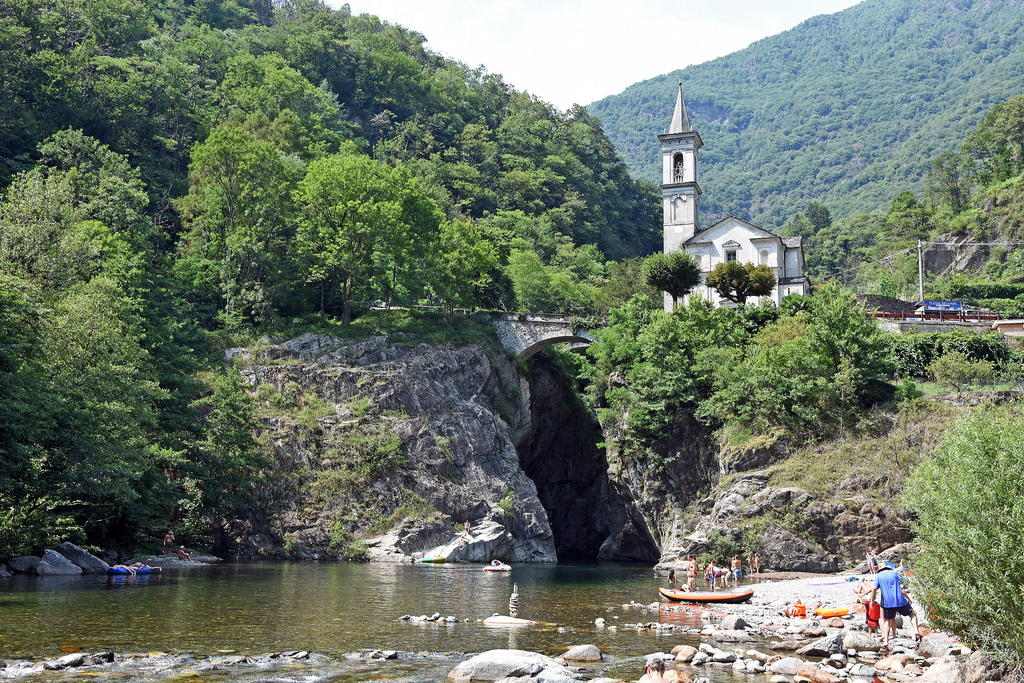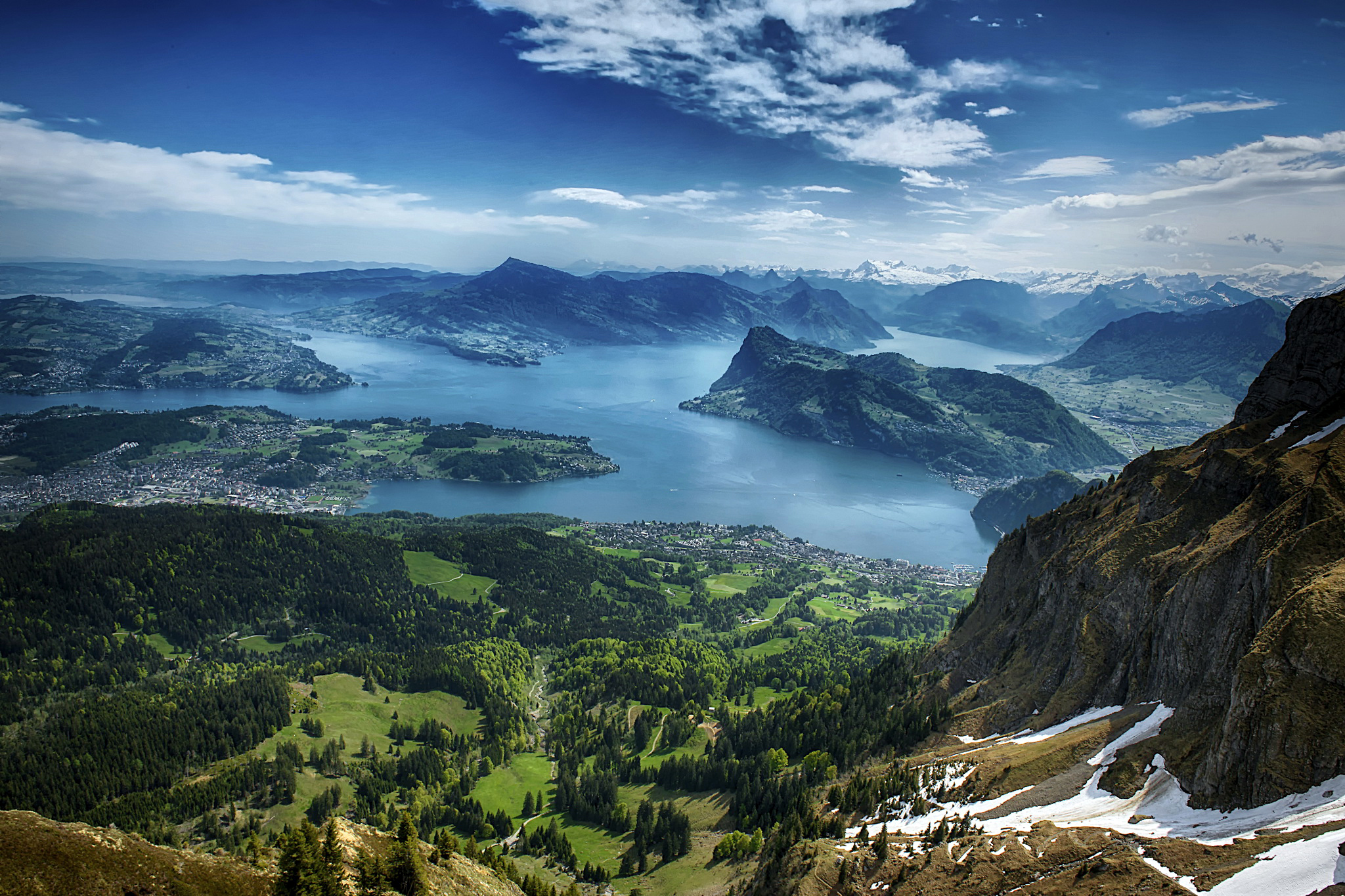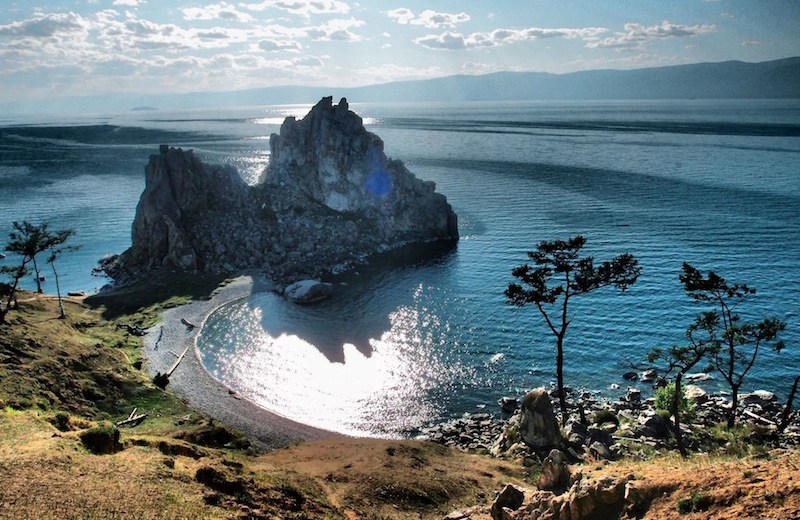Despite the fact that the Bosco di Santo Pietro is a victim of progressive degradation caused by arson, overgrazing, oil exploration, neglect and administrative impotence, it still represents the largest relict of mixed cork and ilex forest in south-central Sicily. It preserves fragments of poignant beauty, evoking the charm of the ancient gallery forests of the Mediterranean scrub.Donated to the people of Caltagirone in the 12th century by Count Roger, known as the Norman, the Bosco di Santo Pietro was for a long time a great source of wealth for the city. It was an immense natural and economic capital, which, for example, enabled Caltagirone to independently rebuild the main public monuments after the disastrous earthquake of 1693. Up to 15,000 "carts" of precious cork bark were obtained from a single tree, mainly for the production of corks, in numerous factories scattered throughout the city. This is not counting pastures, rents, honey, timber and coal sales. Citizens were able to supplement their modest incomes through civic rights such as collecting ash, cutting wood, gathering mushrooms, grass, and hunting rights.Today, unfortunately, the Bosco di Santo Pietro is only a pale reminder of itself, nestled in an area classified as arid and desert, with an elevation ranging from 400 meters in contrada Corvacchio to 50 meters near the ancient Terrana Abbey, once the property of the Bishop of Bethlem. However, its historical and cultural value is still rooted in popular sentiment, and its scientific-naturalistic value remains remarkable for the biodiversity index that still endures and is preserved. More than 400 plant species, some of them rare, about 100 species of growing birds and mammals such as marten, porcupine and wild cat. In addition, reptiles such as Testudo hermanni, Biacco, Leopard Coluber and viper can be found, not to mention the legendary Culovia.In 2000, St. Peter’s Forest finally became an Oriented Nature Reserve, but after only five years of autonomy, due to a bureaucratic error that prevented the publication of the establishment decree, the reserve was swallowed up by bureaucracy. Over the past decade, the forest has continued to lose substantial parts to fires, with about 800 hectares burned in 2018 and another 20 hectares in July 2020.Despite this, the Saint Peter’s Forest could still tell many stories and offer many activities if we could wrest it from degradation in some areas, enhancing the wonderful nature trails and resources in the area, such as the Experimental Graniculture Station, the military airstrip, and the various military bunkers that bear witness to World War II.
